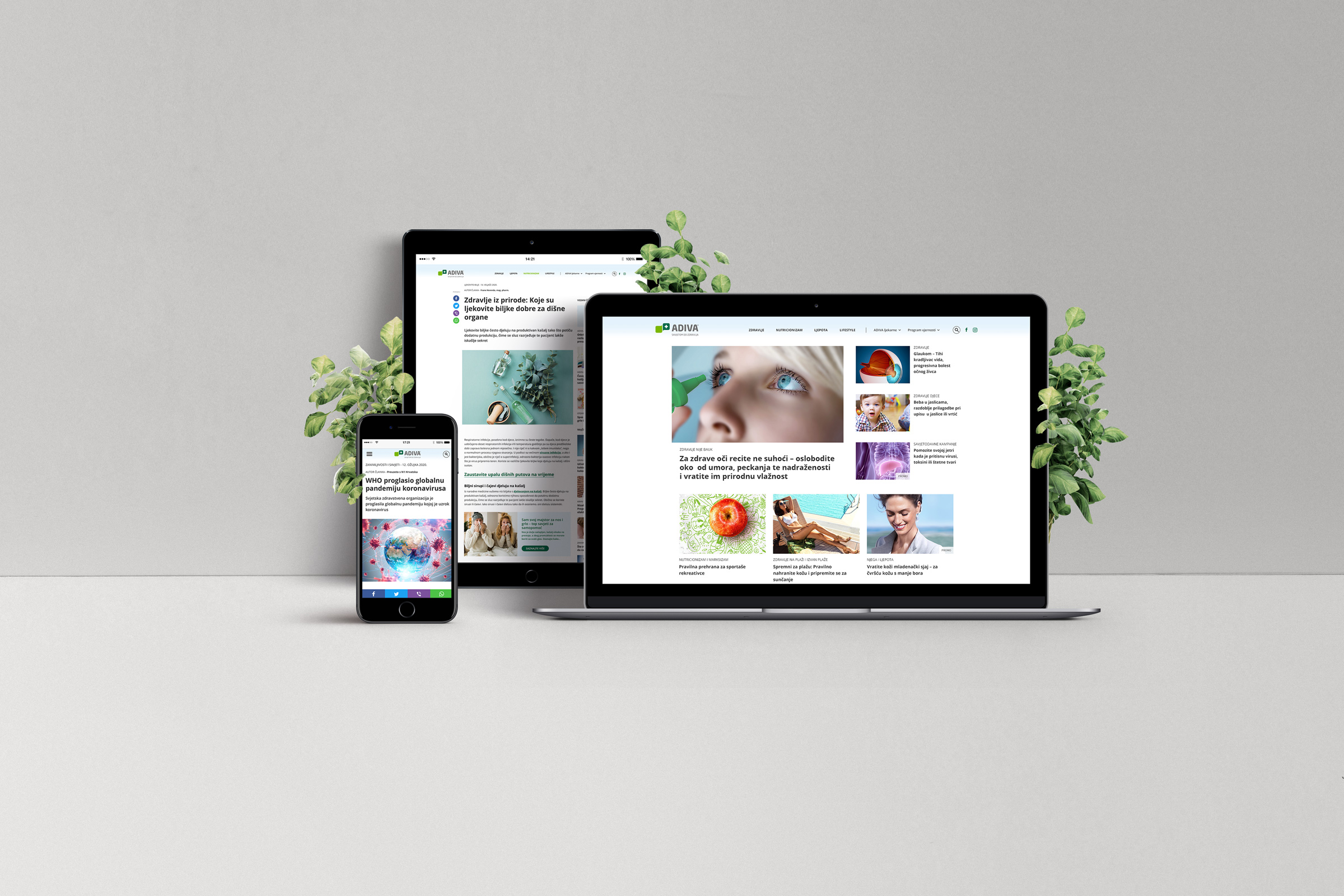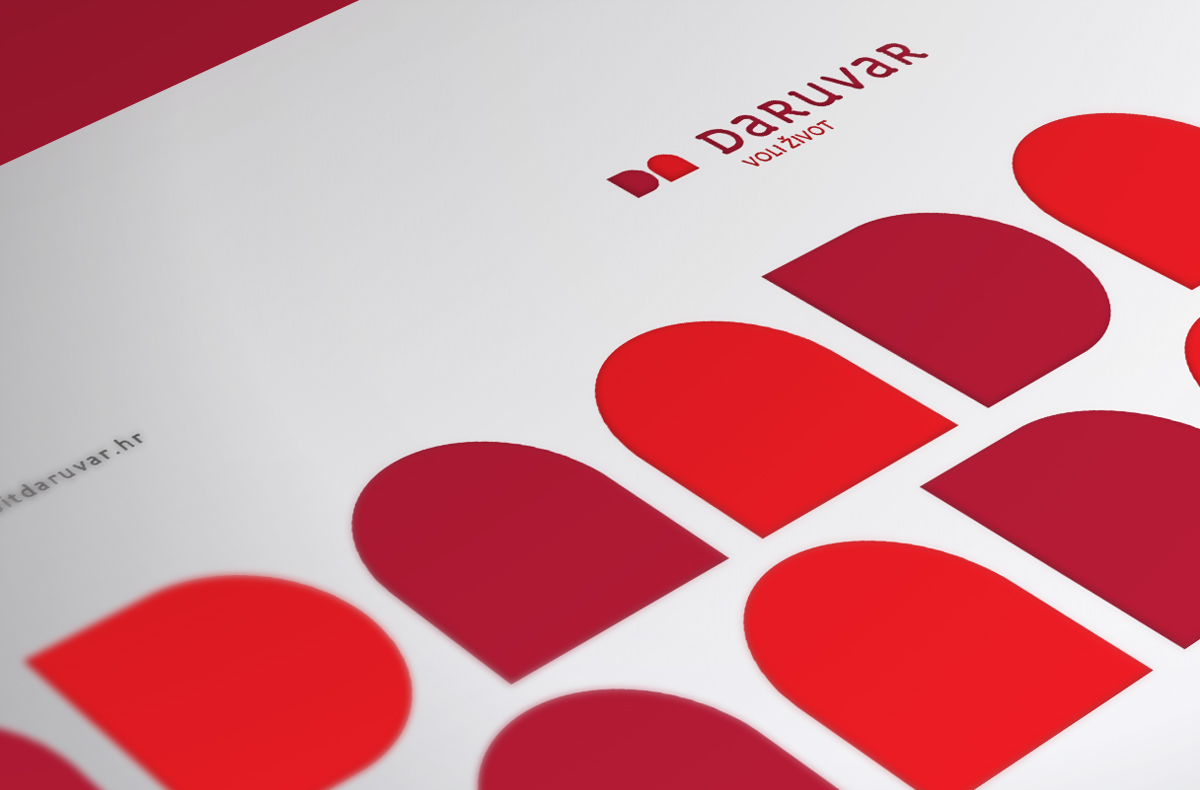What is PPC marketing, and why do you have to include it in your marketing plan
Pay Per Click advertising is a form of digital marketing in which an advertiser places selling ads on web or social media channels and pays only when users click on those ads. That’s why PPC marketing is considered the most effective marketing method because you pay only for your followers' interactions.
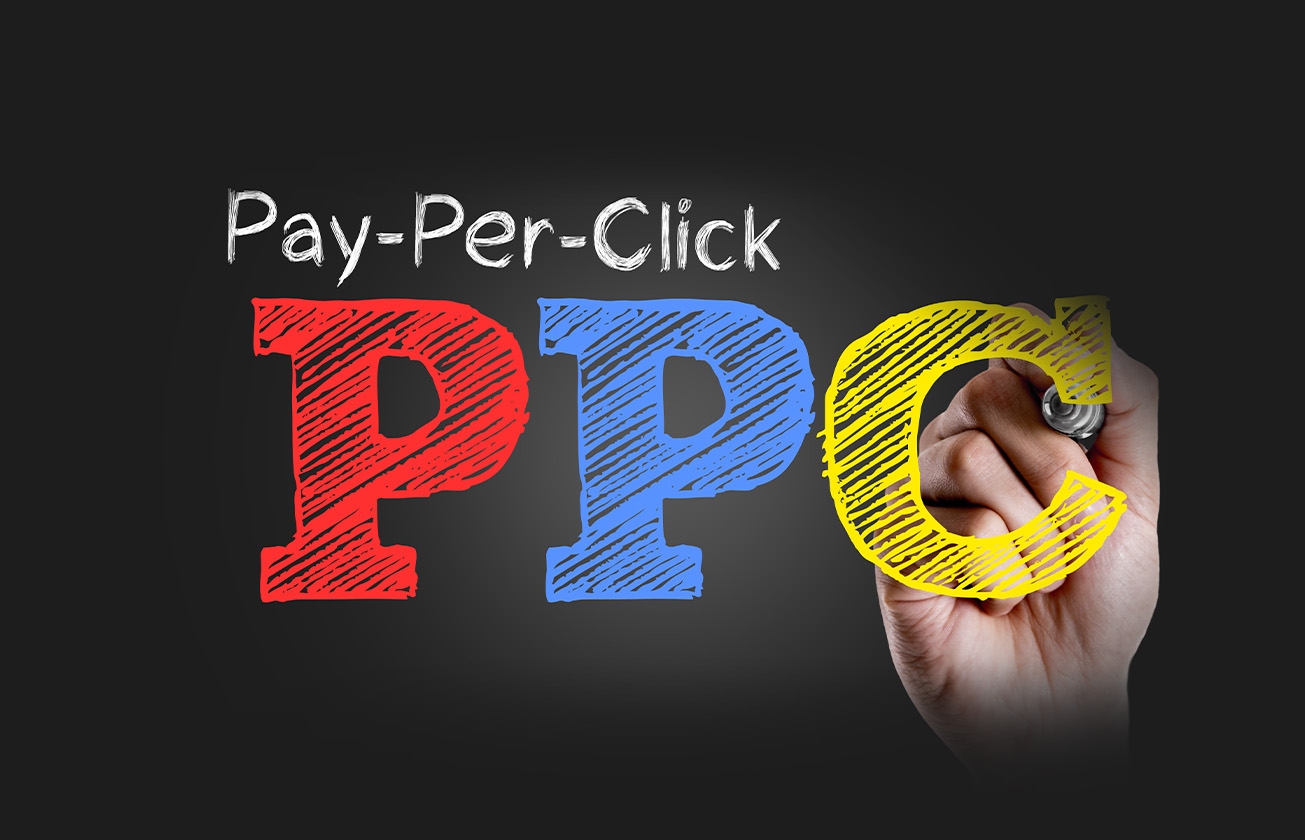
First and foremost, you don’t need to have a big budget for your PPC ads as you have for classic ATL or BTL campaigns. Instead, you can smartly (re)distribute your marketing money, set up your target audience, determine the most desirable ad formats (e.g., search, display ads), and create quality selling messages.
How will your PPC ads be charged? By two simple ways: CPC or cost per click model or CPM or click per mile model in which you'll pay for 1000 viewed ads.
The benefits of PPC ads
As content writer Dana Hughes states on Digital Marketing Institute web page, there are several main benefits of PPC ads:
- With Pay Per Click marketing, you will quickly reach your target audience on Google and social networks
- Your ads will appear on the top of the page of users' Google search results
- You will quickly generate new leads and potential buyers who will engage with your digital content or products of your brand
Simply put, PPC ads are the quickest way to spread awareness of your company or brand. It’s application is crucial when you launch a new web page. In that case, you know that it can take almost six months until Google starts to index your web content seriously. So, you might be frustrated because you don’t get significant organic web traffic or because people haven’t heard about your products or brand yet. Here PPC marketing can be of great help. Launching some paid ads on Google, Facebook, or LinkedIn, will instantly increase the visibility of your brand and the web traffic on your new web page.
The main platforms for PPC ads
Google ads are the most important platform for PPC ads. According to data provided by Hubspot.com on average, Google processes over 90,000 search queries every second, giving you plenty of opportunities to target keywords that will get your intended audience to click.
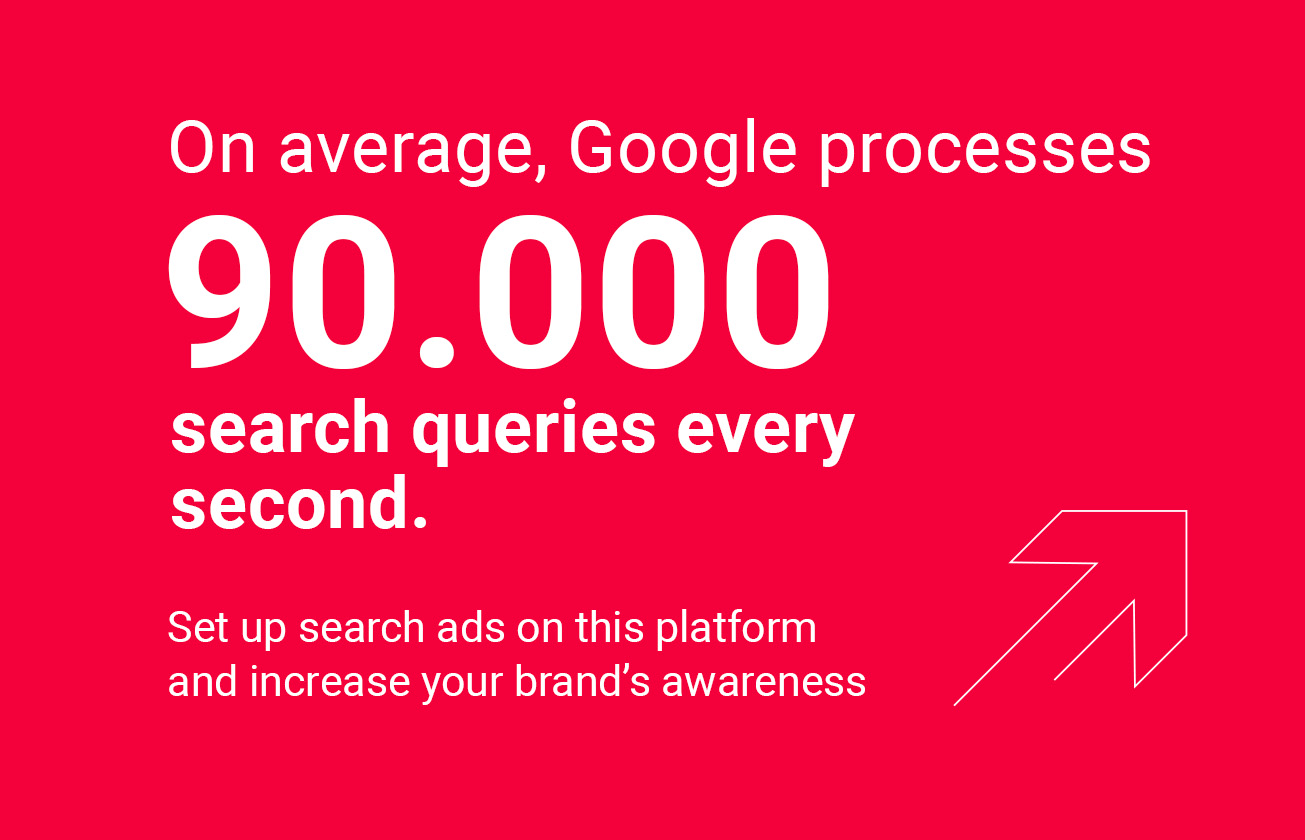
Facebook ads platform is the second best choice. It’s the best social media platform to set up your PPC campaigns. Why? Facebook has the most users worldwide, and its audience targeting filters are the most precise. For example, you can easily target your potential followers through Facebook ads by gender, age, place of living, occupation, and interests, thus optimizing your marketing budget. Not only that, but META company is also the owner of the Instagram platform, so you can extend your digital campaign to this social media channel and increase the reach and engagement of your potential followers.
Another important reason you should advertise on Facebook is their ads can target smartphone users, who are the most significant consumers of today’s digital content. So, when setting up a PPC campaign, redirect ads to mobile channels.
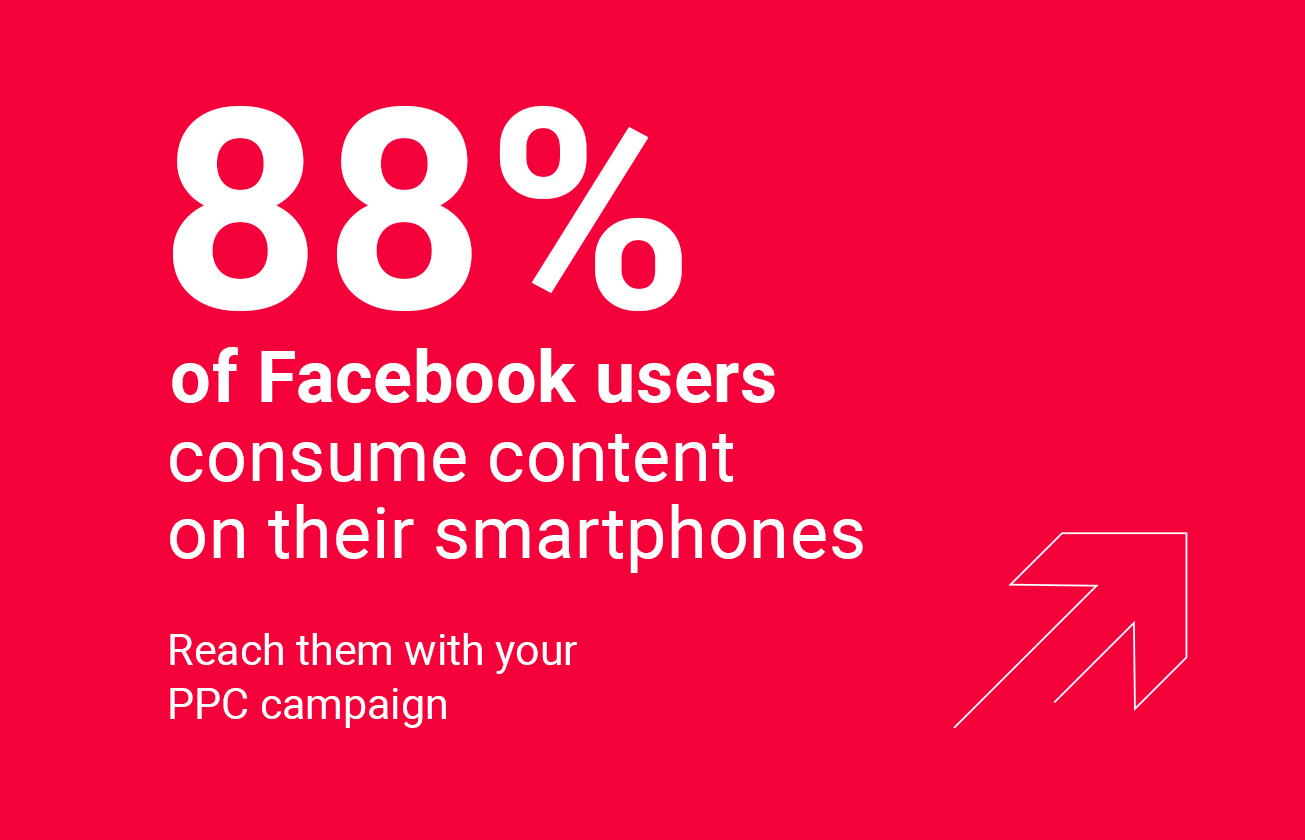
Source: https://klientboost.com/facebook/facebook-ads-statistics/#h-facebook-usage-statistics
Microsoft Advertising – this platform for digital advertising is somehow overlooked in Croatia, but it's popular in the USA. Using this platform, your PPC ads will appear on Microsoft’s Bing search engine and Yahoo network.
LinkedIn – an excellent platform for Business 2 Business (B2B) PPC ads. In addition, if you are considering targeting users outside Croatia, think about Twitter advertising too.
The main types of PPC campaigns
There are four main types of PPC ads: search, display, retargeting, and PPC ads on social networks. The first three types are shown on internet search engines, while the last type appears on social media channels like Facebook, Instagram, LinkedIn, TikTok, and Twitter.
Search ads
Let’s start with search ads. You can set them up through Google Ads or Microsoft Advertising platforms, and they appear in users’ search results on Google and Bing. So, for example, if an internet user is looking for a new Toyota forklift and he’s typed “Toyota forklift” as his query in the search engine, here’s what he will see at the top of the page of search results:
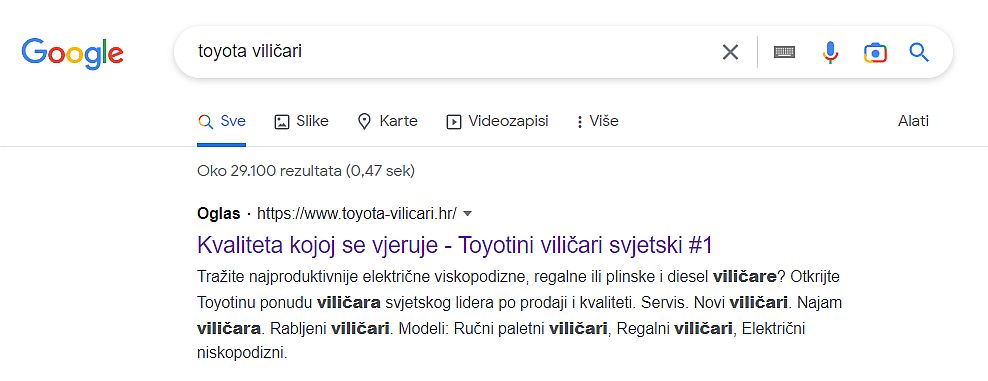
Source: Google, keyword phrase: Toyota viličari
Google search ad consists of a bolded word Ad which suggests that the user is reading a paid advertising message. In addition, the Google search ad has a clickable headline (“Kvaliteta kojoj se vjeruje – Toyotini viličari svjetski #1”), two descriptions, and a URL link (landing page). It’s also crucial to use the main keyphrase in the headline to match the users’ interest and to motivate them to click so that the ad will lead them to the brand’s web page.
The competition on the Google search ads platform is very high, and the bidding process demands some experience, so it would be great if you could ask for the help of a digital and PPC marketing agency when setting up a campaign. We have one more advice: divide your search ads into different groups by their keyword phrases so you can follow them, test them, and optimize them for better monitoring and results. Include the so-called negative keywords in your campaign list too. Using these negative keywords, you will exclude queries that consist of undesired words or phrases (for example, if you are selling luxury products, set up terms like “affordable” or “cheap” as your negative keywords).
Display ads
Display ads are visually more attractive than search ads because they appear as web banners and contain visuals and a CTA button for better users incentive. Here’s an example of a great display ad from the famous British magazine The Economist. Their display ads are designed in the distinctive brand’s red color, and they contain clever and direct selling headlines, the brand’s logo, and a graphically accentuated CTA button.
Seee example https://robbencreative.com/the-economist
Remarketing campaigns
We have arrived at the third type of PPC campaign – remarketing ads. These display ads are programmed to retarget users who have already engaged with the brand, its product, or its landing page.
How do they work? Well, let's see. Maybe you have recently looked for a new year’s tourist arrangement in Sicily or Prague. After that, you noticed that certain ads from tourist agencies started to follow you wherever you were on the internet. Dan Hughes mentions that these remarketing ads are so successful that they increase the chance by 70% that the targeted person will react to them.
Sponsored ads on social networks
Last but not least are digital ads on social networks. They differ from one social platform to another, but generally, they can be divided into awareness, reach, engagement, page likes, and click-to-web ads. These ads meet different marketing goals – increase the number of brand’s followers, motivate people to buy advertised products, visit brand’ landing page, or engage with the shared content.
Each social network has its advertising manager interface with the precise criteria for targeting the audience. Thanks to their analytics, they can give you insights into fans’ reactions, which products generate more interest, and what the preferred communication style they engage with. And following this data, you can better manage your campaigns, switch off bad-performing ads, increase the budget for successful ones, or modify your creative and selling messages to improve their performance.
Before closing titles: how to create a successful PPC campaign?
The answer to this question demands another article of this size, but we can summarize the process of PPC campaign creation into the five most important steps. Lynn Langmade mentions these five:
1. Define the goals of your campaign
2. Determine your target audience
3. Optimize your landing page
4. Create and optimize PPC ads
5. Measure the results and optimize your PPC strategy
When defining campaign goals, you should be clear about whether you want to increase the awareness of your brand, generate leads, increase the sales of your products, or improve the web traffic on your web page. Then, regarding your goals, you’ll choose the right type of campaign, divide your ads into groups, and create a campaign. For instance, it’s good to have Google display ads for better brand awareness.
If you are well versed in digital marketing, you won’t have problems with step number 2 – determining the target audience. Google Ads and Facebook Ads Manager will give you plenty of options for precise targeting, which you must bring in line with your ideal buyer, demographic profile, and interests.
To make your PPC campaign successful, you’ll need a quality landing page optimized by keywords, so your potential buyers will easily access advertised products without unnecessary distractions by irrelevant information. Be helpful to your buyers and cut the customer journey from your buyer’s desire to the product purchase.
Remember that everything can be tested when creating and optimizing your PPC ads. Digital users are often unpredictable, so the best way to reach them is to try many different approaches and communication angles. For example, test your ads with other headlines or call-to-action messages. It’s an excellent way to understand what your customers want.
The last step of every great PPC campaign is measuring results. If you want to assess the success of your ads, use some of these crucial parameters:
- CTR (Click-Through Rate) – A ratio showing how often people who see your ad end up clicking on it.
- Conversion rate – Percentage of people who interacted with your ad (e.g., bought your product, downloaded an application, etc.) If your conversion rate is too low, think about redirecting your budget to ads with better keywords.
- Cost per click shows you how much you spent on one click made by your customer. It's good to know that fixed or auction tariff determines the cost. And if the price is too high, it’s better to stop running these expensive ads.
- Cost per acquisition (CPA) – This shows the competitiveness of your keyword and determines whether it’s wise to keep investing in it, considering the number of conversions it brings.
- Quality Score – Possibly the vaguest term important to Google’s algorithms. The quality score determines a click's price and PPC ads' position. Google’s algorithms use many parameters for its determination: CTR, ads relevance, landing page quality, page load time, geographic targeting, users’ search history, keyword relevance…
And to conclude: use the benefits of digital advertising and include PPC ads in your marketing mix. Take advantage of Google and Microsoft advertising platforms and PPC marketing on social networks. If you apply them correctly, you’ll see an increase in your brand’s awareness and web traffic on your landing page. In the end, implementing PPC marketing effectively will bring better sales results for your services or product.
Sources for additional reading:
https://digitalmarketinginstitute.com/blog/what-is-ppc-marketing
https://blog.hubspot.com/marketing/ppc
https://basis.net/blog/5-simple-steps-to-develop-an-effective-ppc-strategy
https://klientboost.com/facebook/facebook-ads-statistics/#h-facebook-usage-statistics
